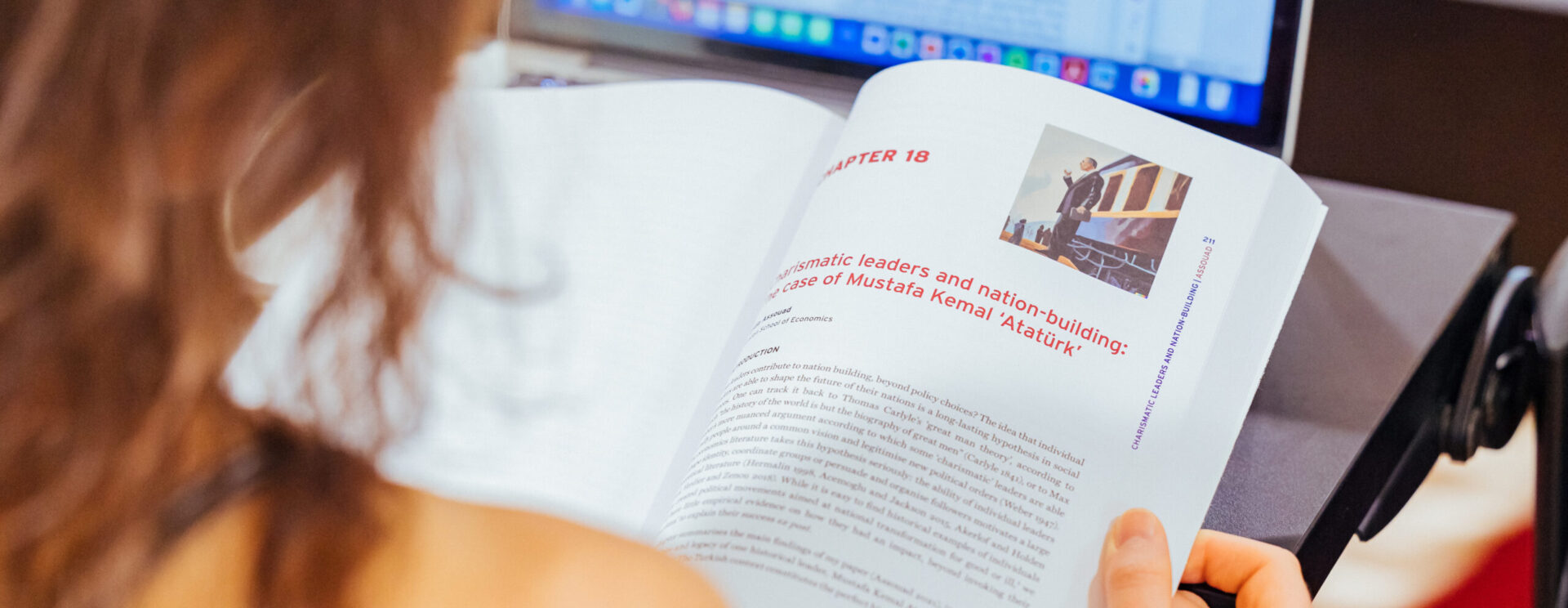The Value of Biodiversity as an Insurance Device
Journal article: This paper presents a benchmark stochastic endogenous growth model of an agricultural economy. Producing food requires land, and increasing the share of total land devoted to farming mechanically reduces the share of land devoted to biodiversity conservation. However, safeguarding a greater number of species guarantees better ecosystem services, which in turn ensure lower volatility of agricultural productivity. The optimal conversion/conservation rule is explicitly characterized. Value of biodiversity is considered in its function of hedging against the volatility of agricultural production. Two aspects of biodiversity’s value are examined. We first consider the total value of biodiversity as the welfare gain from biodiversity conservation, that is, the percentage increase in consumption that the society is willing to accept to give up the optimal level of biodiversity in favor of no biodiversity at all. We then consider the insurance value of biodiversity, extending the usual concepts to our stochastic dynamic framework, defining the insurance value of biodiversity as the change of the risk premium due to a marginal change in the level of biodiversity. To highlight the impact of risk on the optimal decision as in the value of biodiversity, we use the Epstein-Zin-Weil specification of preferences and represent preferences by a recursive utility function. This allows us to disentangle the effects of risk aversion and aversion to fluctuations. Thus, the preference for some rather uncertain outcomes and the propensity to smooth consumption over time are represented by two distinct parameters, and the effect of each of them are studied.
Author(s)
Emmanuelle Augeraud-Véron, Giorgio Fabbri, Katheline Schubert
Journal
- American Journal of Agricultural Economics
Date of publication
- 2019
Keywords
- Biodiversity
- Recursive preferences
- Stochastic endogenous growth
Pages
- 1068-1081
URL of the HAL notice
Version
- 1
Volume
- 101
